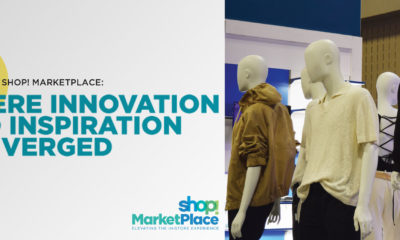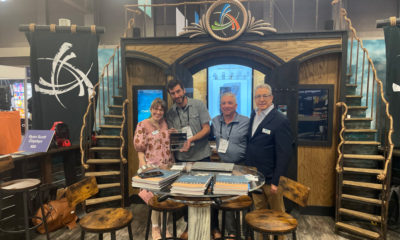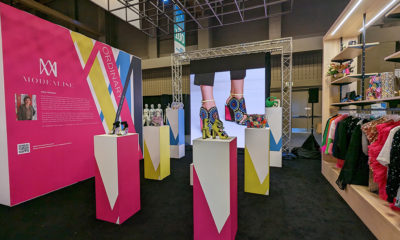The Numbers
Dubbed the Mile High City due to its elevation at exactly one mile above sea level, Denver is Colorado’s capital city as well as its most populous. The mountainous metropolis is home to roughly 749,103 people (nearly 3 million in the Denver metro) according to 2020 U.S. Census Bureau estimates. And those numbers carry a lot of weight: Per the Census, Colorado’s population rose 14.8 percent over the last decade – mostly in the Denver metropolitan area – enabling the state to add an eighth U.S. House seat; its first new congressional district in 20 years. And starting next year, Denver metro newcomers can also expect their digits to begin with a brand-new 983 area code, thanks to that immense growth.
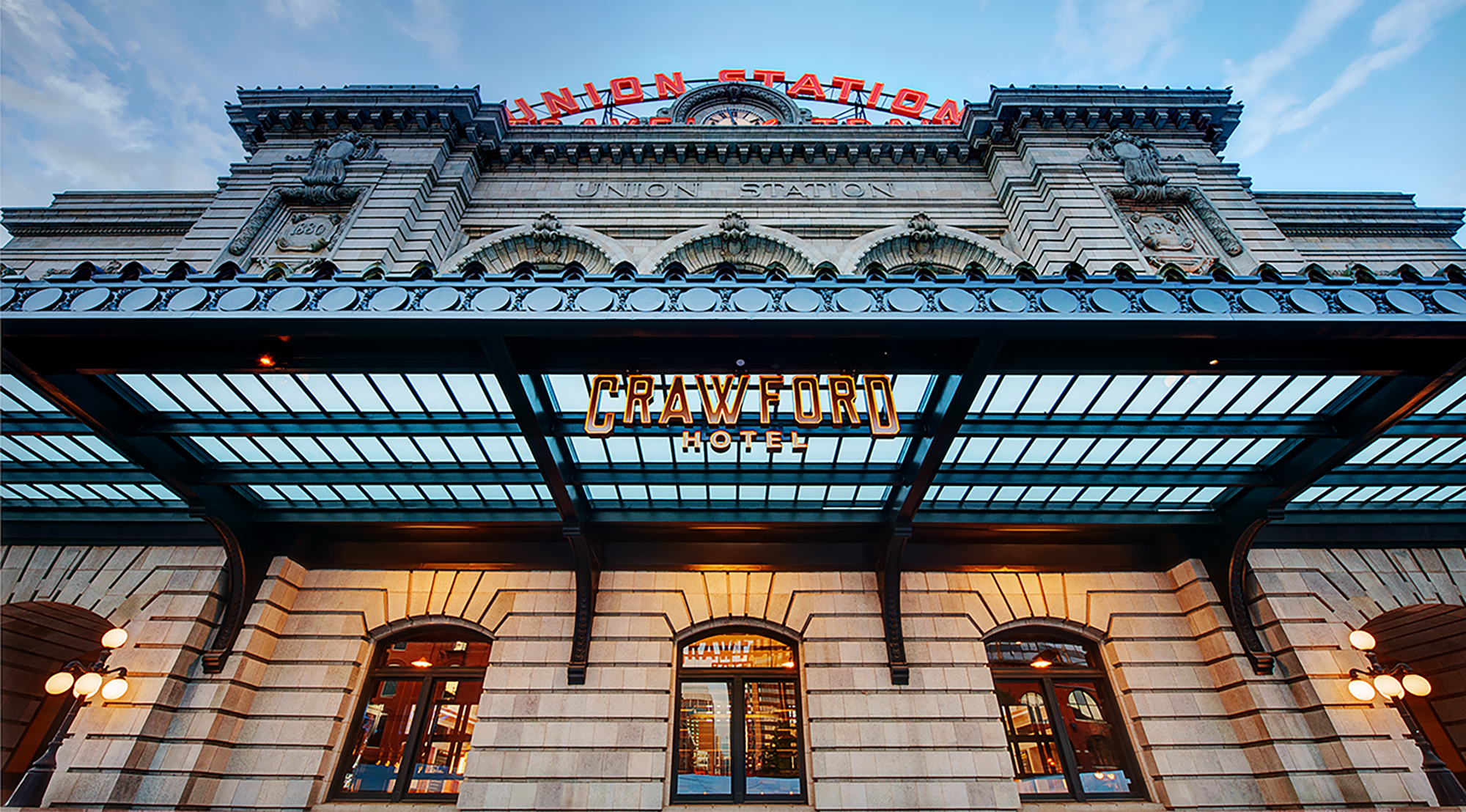
📷: Ellen Jaskol
The Pulse
Recovery from Covid-related shutdowns is well underway as Denver-area retailers and businesses report upticks in foot traffic. This past May, per Colorado Public Radio, foot traffic more than tripled at Cherry Creek North. “Cherry Creek is the granddaddy of Denver retail – it’s a traditional mall but includes street-based retail and multi-family housing, which makes it accessible to locals but attractive to visitors,” says Sheri Blattel, Director of Retail Design at multidisciplinary design firm Cushing Terrell, which has offices in multiple U.S. cities, including Denver and Austin, Texas. (Be sure to catch Sheri as part of the panel discussion, “Eco-Feminism and the Fluid Future of Consumption,” at IRDC 2021 this Sept. 21-22 in Denver.) Plus, the return of live summer music events, cultural festivals, exhibitions and sporting events (the 2021 MLB All Star Game, for one) will bring much-needed pedestrian traffic to the city ready to stroll, shop and dine.
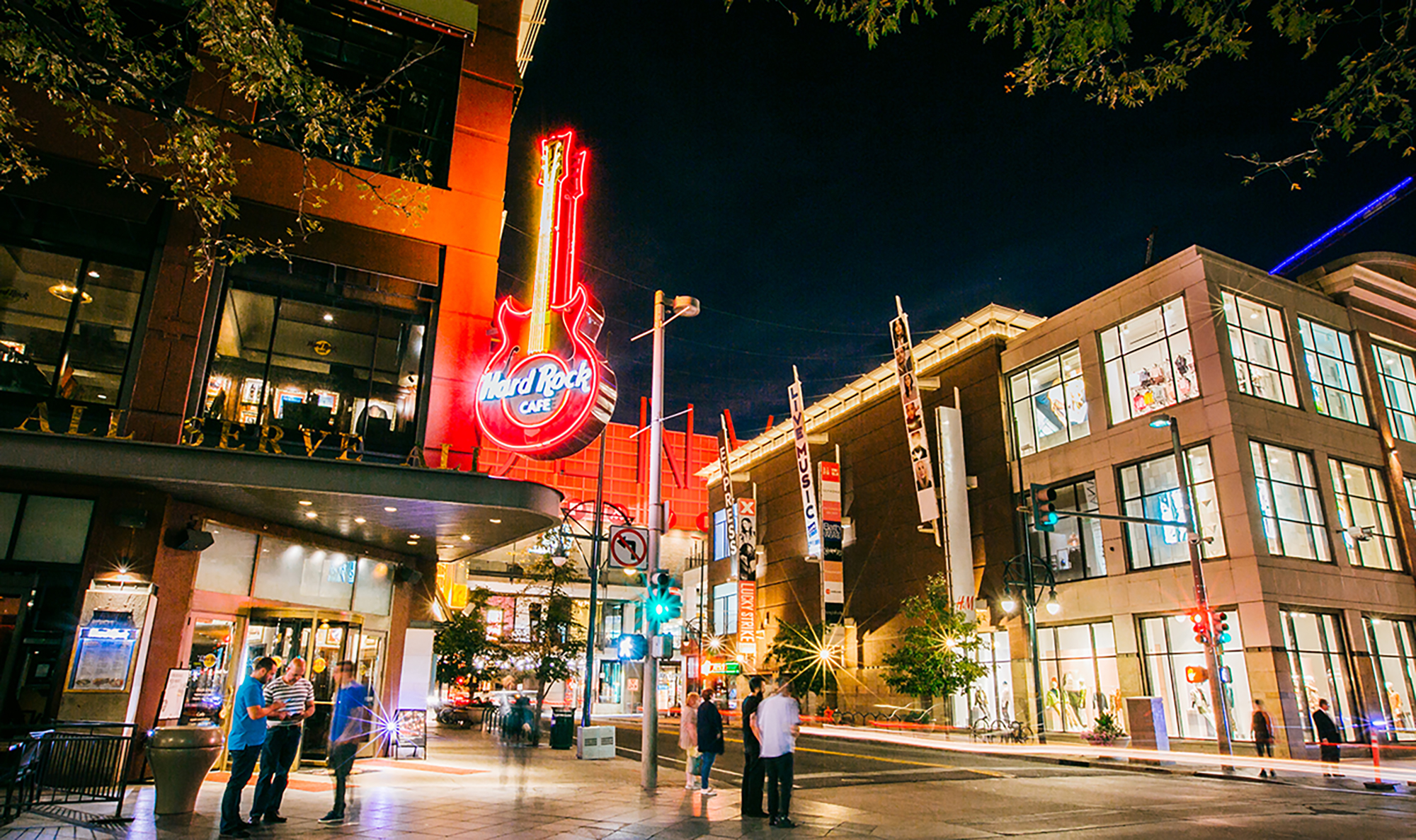
The 16th Street Mall runs the length of 16th Street in downtown Denver.
The Hot spots
Located in downtown Denver’s LoDo district between Coors Field and Denver Union Station is the historic Dairy Block. The mixed-use development, formerly home to Windsor Farm Dairy, was transformed in 2017 into a walkable “micro-district,” complete with a boutique hotel, retail, office space, bars and restaurants, plus the all-local, 16-venue food hall Milk Market, which opened in 2018. “[The Dairy Block] is an eclectic mix of new construction with some historic preservation that makes for an authentically Denver, but modern, experience where coworking spaces and boutique-type restaurants and retail collide,” Blattel says. Another area of note is the up-and-coming River North Art District (RiNo), a once-industrial site of warehouses, factories and the operative Union Pacific rail tracks that’s adopted a creative identity – artist studios, art galleries and vibrant street murals abound. It’s also a great spot to take in some of Denver’s well-known craft brews.
Obstacles and Opportunities
With the city’s impressive population gains in urban and suburban areas, come challenges. “It’s challenging affordability with high construction costs and shortage of housing,” Blattel says, “but it’s simultaneously bolstering the retail scene. The hope is that it will spur the much-needed expansion of public transit options into historic neighborhoods to keep residents from across the city supporting independent retail.”
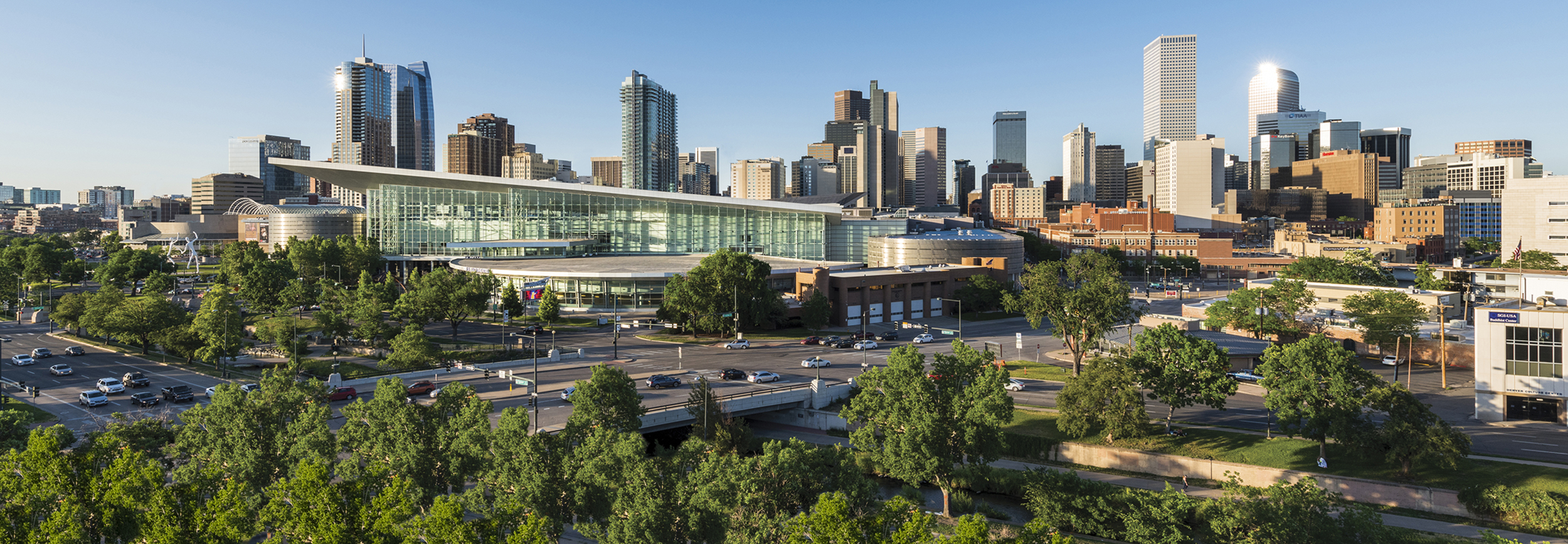

 Photo Gallery1 day ago
Photo Gallery1 day ago
 Headlines1 week ago
Headlines1 week ago
 Headlines2 weeks ago
Headlines2 weeks ago
 Headlines2 weeks ago
Headlines2 weeks ago
 Sector Spotlight2 weeks ago
Sector Spotlight2 weeks ago
 Headlines1 week ago
Headlines1 week ago
 Headlines3 days ago
Headlines3 days ago
 Headlines1 week ago
Headlines1 week ago



